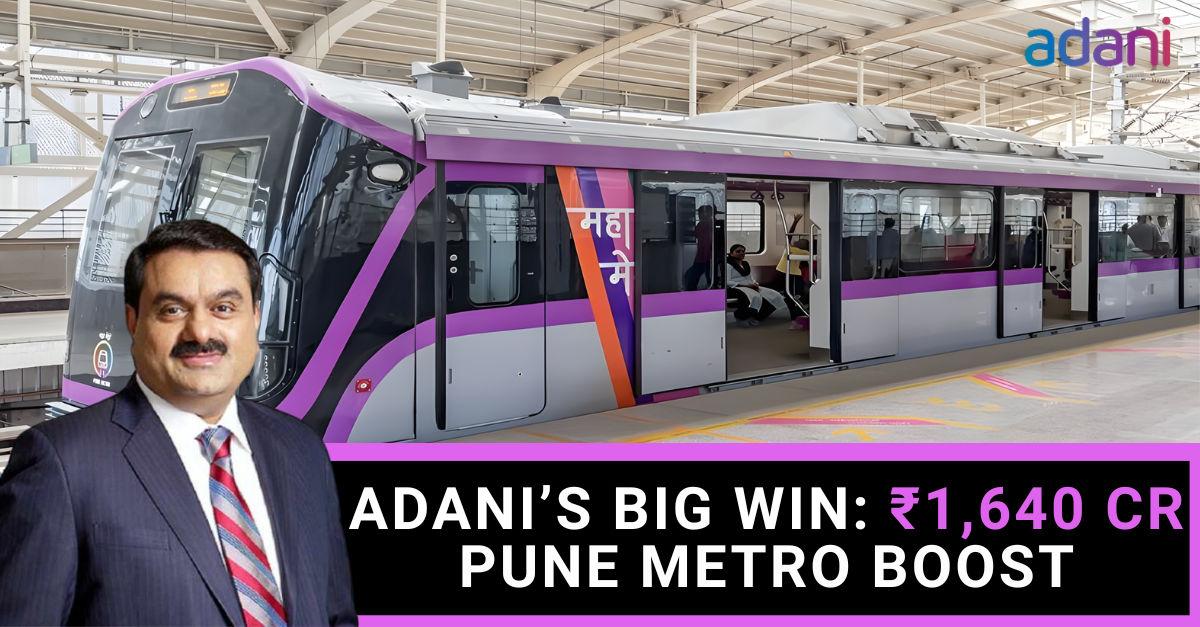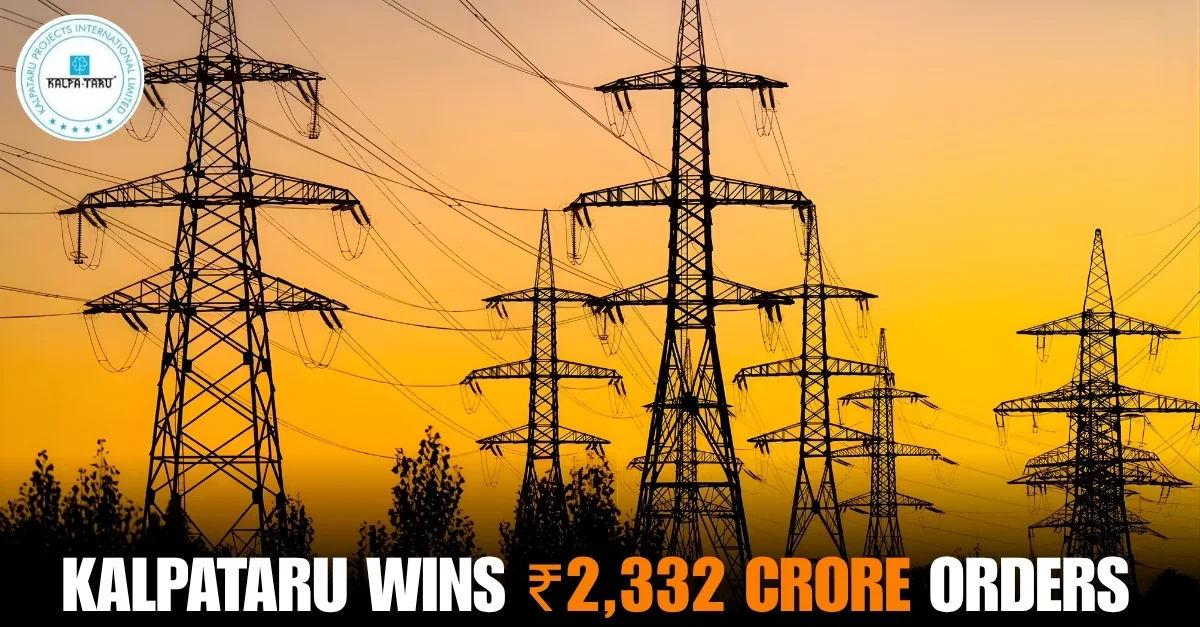Megha Engineering & Infrastructures Ltd (MEIL) has secured the mandate from Indian Strategic Petroleum Reserves Ltd (ISPRL) to build and operate India’s first private-sector strategic petroleum reserve, a 2.5 million metric tonne underground storage at Padur, Karnataka. The project value is ₹5,700 crore, with an estimated crude oil filling cost of about ₹11,020 crore at current prices, according to Business Standard’s detailed report citing The Economic Times.
The Padur award is significant for two reasons. First, it formalizes private participation in a domain that, until now, was run entirely as state infrastructure. Second, it adds a new commercial-cum-strategic storage layer at a time when India is trying to deepen buffers against supply shocks and price spikes. The ISPRL tender marketed the opportunity to domestic and global players; despite outreach to large Middle Eastern producers and global traders, no foreign firm bid in the final leg, per Business Standard’s timeline and sourcing.
Financing mechanics were central to the competition. The government capped viability gap funding (VGF) at 60% of project cost, or ₹3,420 crore; reporting based on ET says MEIL’s offer was just under this ceiling and beat two unnamed domestic rivals. Multiple outlets summarizing the ET report note that selection hinged on the VGF sought.
The deal structure is also designed to balance commercial viability and public interest. ISPRL is expected to sign the agreement and transfer, free of cost, a 214-acre land parcel at Padur for construction. The scope includes loading/unloading facilities and both onshore and offshore pipelines; the operator may be required to partially fill the cavern to ensure emergency readiness. In a crisis, the government will have first rights over stored crude.
For MEIL, revenues are expected from leasing space to the government or oil companies and from trading the oil it stores. Leasing provides stable cash flows; trading offers higher upside but comes with market-risk and operational sophistication requirements. This mirrors the “commercial-cum-strategic” model India has sought since it began preparing Phase-II SPR expansion, as also signalled by official and policy commentary over the past 18 months.
The new Padur capacity sits alongside India’s existing 5.33 MMT of strategic storage—about 39 million barrels—spread across Visakhapatnam (1.33 MMT), Mangaluru (1.5 MMT) and Padur (2.5 MMT). When filled, that existing stockpile covers only 8–9 days of national crude demand, underscoring why Phase-II projects matter.
New budgetary line-items and policy tweaks indicate sustained momentum. Earlier this year, the Union Budget provided funds to support oil purchases for the SPR and for future cavern development, even as ISPRL advanced private-participation models to accelerate capacity creation. Reuters’ budget coverage and prior reporting on the private-SPR plan frame Padur as a five-year build with a private operator allowed to trade oil while the state retains first call during emergencies.
International comparisons help contextualize the scale. The U.S. Strategic Petroleum Reserve’s authorized capacity is 714 million barrels, per the Department of Energy, far larger than India’s current strategic stores; however, U.S. inventory levels fluctuate with policy and market conditions. China’s total state/commercial buffering remains opaque and evolves with import and stockpiling cycles, making precise, current “capacity” figures difficult to verify. Given that, the most relevant benchmark for India is its own roadmap: ISPRL has signalled plans over the decade to lift overall strategic capacity toward 15 million tonnes and, together with commercial inventories at refineries, meet IEA-style coverage thresholds.
Padur’s 2.5 MMT private SPR does not alone solve the 90-day coverage requirement associated with International Energy Agency norms, but it meaningfully narrows the gap while creating a market-aligned storage platform. With a design that ring-fences government access in emergencies and enables commercial utilization in normal times, the project aims to attract private capital to a critical public good: energy security. Execution risks are typical of large cavern and pipeline works—geology, environmental approvals, marine interfaces, and commodity price cycles—but the contractual framework and VGF cap are intended to de-risk core economics, accelerate commissioning, and ultimately raise India’s on-shore emergency oil cushion in a volatile world.







